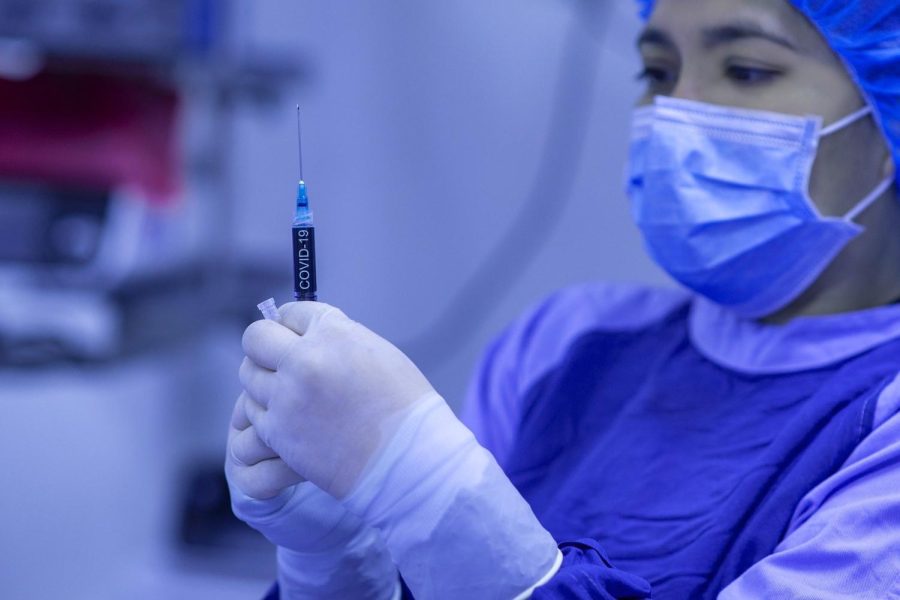South Korea breaks its single-day COVID-19 cases
Feb 7, 2022
As of Feb. 6th, a record-breaking additional 38,691 COVID-19 infection cases were confirmed in South Korea. The Omicron variant is sweeping the nation, with the cumulative infected cases surpassing one million. Compared to the last week of January, the number of infected people per day has almost doubled.
According to the Korea Disease Control and Prevention Agency, the daily cases are expected to reach 100,000 in the following weeks. Although the Omicron spreads twice as fast as the Delta variant, only one-third or one-fifth of the patients get critically ill, leaving the critical cases consistently low. Yet, the number of asymptomatic and mild patients is still rapidly surging.
“I am definitely nervous and scared about the rising COVID-19 cases in South Korea,” Emily McClintock, who recently got out of quarantine, said. “During the winter break, I saw a lot of my friends and family relatives getting infected by the virus. The virus certainly feels closer to me than ever before.”
In efforts to curb the Omicron wave, the government has extended the current stage four social distancing status until Feb. 20. Under this measure, private gatherings of more than six people are banned and businesses have a mandated closing time at 9 p.m. As for schools, the Ministry of Education has recently announced that students will resume in-person learning with restrictive guidelines for COVID-19 protocols within the school community.
“Many of my hagwons and extracurricular activities have changed to online platforms,” Nancy Koo (11) said. “I am concerned that the COVID-19 circumstances may restrict my learning opportunities in the future as well.”
Meanwhile, SIS is currently implementing a flexible learning system, with some students and teachers attending school via virtual learning platforms while others are in-person. The school is strictly adhering to the COVID-19 regulations, making sure students fill their orange passes, monitoring face masks, and sending home students who show any symptoms of the virus.
“I really hope the rising infection cases decrease and we do not need to change to virtual schooling,” Andrew Hahm (11) said. “I am trying my best to enjoy the moments I have in the physical space with my friends and teachers.”







